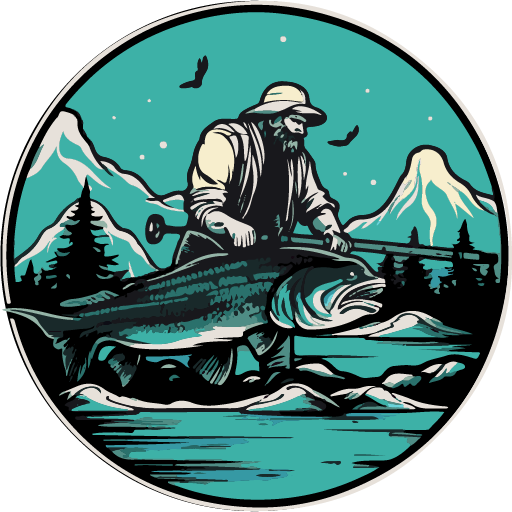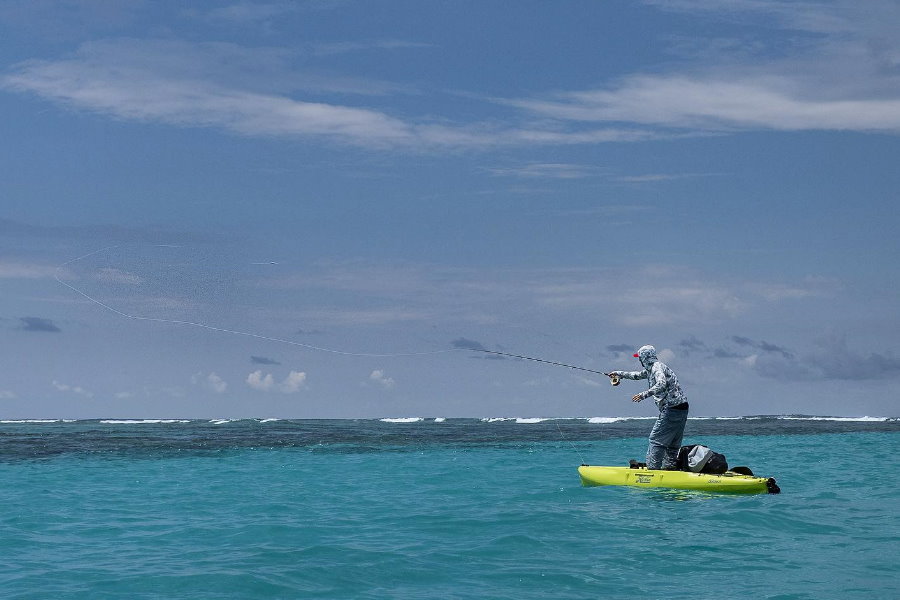Can you fly fish in a kayak?
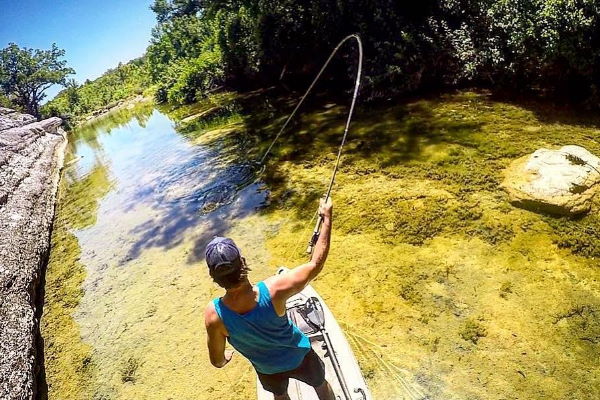
Kayak fishing has gradually become a popular outdoor activity in recent years. It has also had an individual market compared to fishing on a boat or shore.
As more and more people are interested in this activity, many questions arise, one of which is Can you fly fish in a kayak?
I can ensure that you can fly fish in a kayak. Not only that, but it also gives you experiences that you didn’t expect.
Can you fly fish in a kayak? – Benefits
Simplicity
What I like most about fly fishing in a kayak is its simplicity. All you need for it is a fly rod (possibly 2), a small box of flies, and a fishing kayak.
The good news is that there is no single best kayak for fly fishing. Any fishing one for fly fishing is fine. If you own one, give it a try.
However, there are still a few points to keep in mind: maneuverability, stability, and comfort. I will talk more about this issue below, so keep reading.
Get closer to the fish

An undeniable benefit of using a fishing kayak is to help you get closer to the fish.
It can be said that the kayaks are stealthy. They glide smoothly on the water, make little noise, and create small shadows. So you can easily sneak up on fish.
You rarely have to throw 40-50 feet of line when fly fishing on a kayak. Therefore, many anglers do not need to stand up to cast, although the kayak’s stability still allows them to do so.
Comfortable
You usually wade underwater in a wader suit when fly fishing. With a kayak, you can sit comfortably on the boat.
Kayaking also takes you to many places that are unreachable by wading. So, if you have a chance, try it to discover new fishing spots never tried before.
Now you have the answer for: Can you fly fish in a kayak? Keep reading to get a suitable kayak.
Pick the kayak
Your fishing performance depends not so much on the kayaks but your fishing technique.
However, if you have a chance, choose a suitable one.
The features to keep in mind are size and comfort in this case.
Size
The size of the kayak will affect speed, maneuverability, and stability.
Kayak length is directly proportional to speed and inversely proportional to flexibility. On the other hand, width is directly proportional to stability and inversely proportional to speed.
To make it easy to imagine, the longer the kayak, the faster the speed, but less maneuverability. The wider the kayak, the higher the stability but slower speed.
Vesels need to be maneuverable to avoid obstacles because there are often many stones and branches in water suitable for fly fishing (streams, rivers)
Fly fishing requires forceful casting, and maybe you have to stand on a kayak. So good stability is needed.
Therefore, a suitable vessel for fly fishing should be a short and wide kayak.
Comfortable
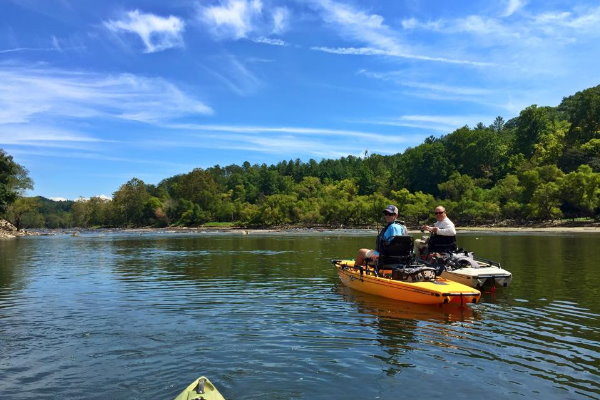
A fishing session usually lasts several hours. So choose a wide hull kayak on which you can sit comfortably and change positions as needed. Otherwise, your experience will be just tired and no longer exciting.
Try out many kayaks before deciding to buy them to avoid regrets.
Make Sure Your Kayak’s Deck Is Clear of Any Line Catching Snag
If you’ve ever used a fly fishing rod, you know how easily lines get caught when casting.
To avoid this situation, choose a craft with as few protrusions as possible, especially in front of the seats.
Fishing gear is also an issue to keep in mind. If you bring too many things, your kayak will be very bulky. You will not be able to cast well when front and back entanglement.
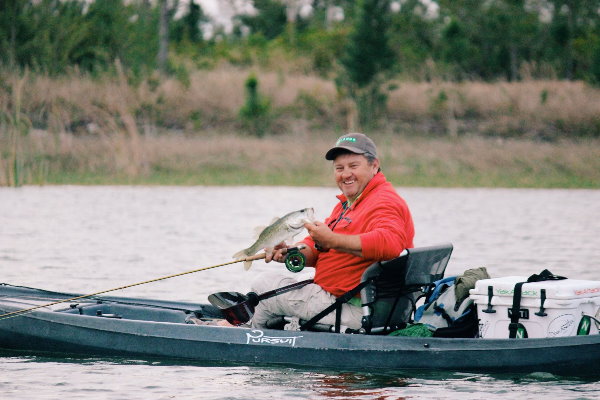
Therefore, choose a kayak with a large storage area, preferably below the deck or behind the seats. So as not to interfere with your line when casting.
Fight with the fish
The operation when fly fishing on a kayak is not much different from wading.
However, there is a difference you need to keep in mind when catching the fish when it has bitten the hook.
Line tangles are a disturbing nuisance when flying fishing on kayaks.
Unlike when wading in a stream, you can pull the fishing rod to land the fish on the shore. You cannot do this to get the fish on a small kayak.
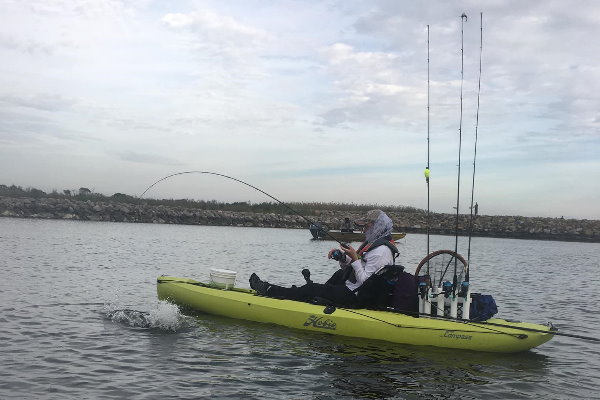
Instead, to reduce the risk of a break-off, you should get the fish into the reel as fast as possible. Try to reel up quickly with any slack while pinching the line with the rod hand. Once all slack has been taken up, you can fight it from the reel without fear of getting tangled up.
One more thing, big fish usually have strong fighting power and fast speed, its pull sometimes doesn’t create any slack for you to pull the line. At this point, you only have to hold the rod and wait for it to wear out before fighting.
Conclusion
You do not need to wonder: Can you fly fish in a kayak? Because many anglers have done this in reality. Many people find it more exciting and get new experiences than regular fly fishing.
If you have a chance, I recommend you give it a try.
Thanks for reading our article. If you have any questions, leave a comment below. You can see more posts on our website here.
Further reading
Can you catch big fish in a kayak?
